Home>Articles>How To Turn Off Moisture Sensor On Samsung Dryer
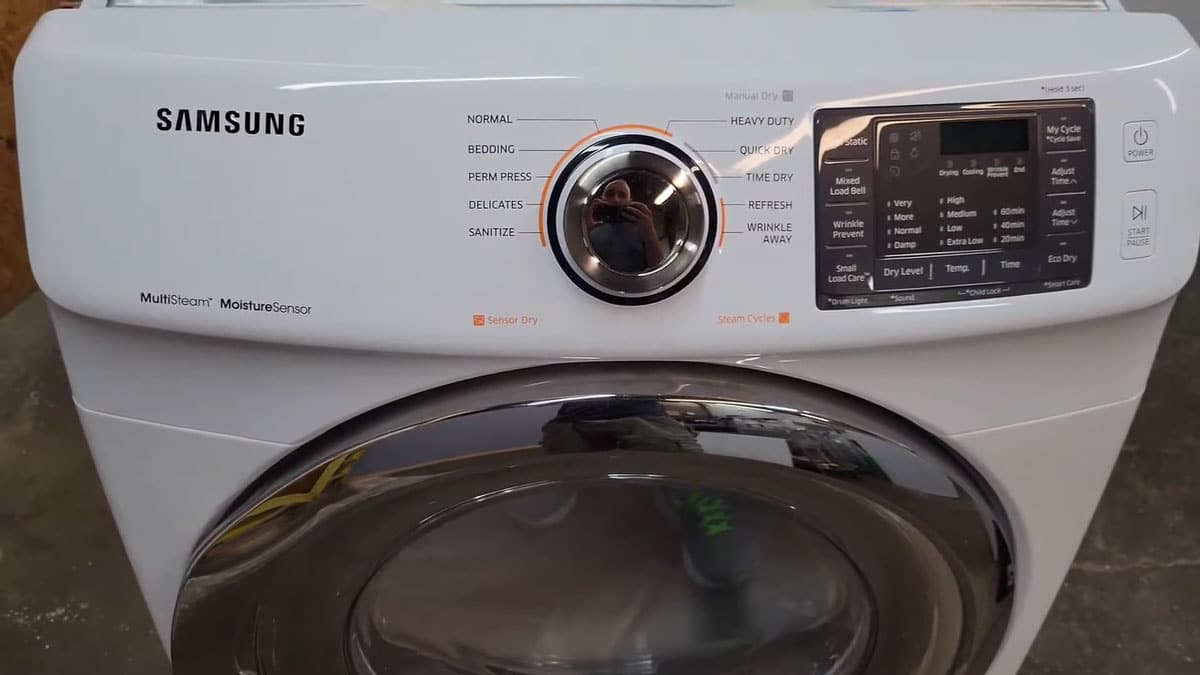

Articles
How To Turn Off Moisture Sensor On Samsung Dryer
Modified: May 6, 2024
Learn how to easily disable the moisture sensor on your Samsung dryer with this comprehensive article. Stop dealing with unnecessary drying delays and enjoy efficient laundry cycles.
(Many of the links in this article redirect to a specific reviewed product. Your purchase of these products through affiliate links helps to generate commission for Storables.com, at no extra cost. Learn more)
Introduction
Welcome to this guide on how to turn off the moisture sensor on a Samsung dryer. Samsung dryers are equipped with advanced technologies and features, including a moisture sensor that detects the moisture level in your clothes. This sensor plays a crucial role in ensuring that your clothes are dried efficiently and effectively. However, there may be certain instances where you might want to turn off the moisture sensor. This could be due to personal preferences, special garment requirements, or troubleshooting purposes.
In this article, we will delve into the reasons why the moisture sensor is important in a Samsung dryer, discuss the reasons why you might want to turn it off, provide step-by-step instructions on how to disable the moisture sensor, highlight potential risks and limitations, and conclude with a summary of the key takeaways.
So, if you’re ready to learn more about your Samsung dryer and how you can customize its settings to suit your needs, let’s dive into the fascinating world of moisture sensors and how to disable them on your Samsung dryer.
Key Takeaways:
- The moisture sensor in a Samsung dryer is crucial for energy efficiency, preventing over-drying, and saving time. However, it’s important to disable it temporarily only for specific garment requirements or troubleshooting purposes.
- While turning off the moisture sensor may offer flexibility, it comes with risks such as compromised energy efficiency and potential fabric damage. Use this option cautiously and remember to re-enable the sensor when no longer needed.
Read more: How To Turn Off Samsung Refrigerator
Why is the moisture sensor important in a Samsung dryer?
The moisture sensor in a Samsung dryer is a vital component that ensures your clothes are dried efficiently and prevents over-drying or under-drying. It is a small electronic device located inside the drum of the dryer. The sensor uses advanced technology to detect the moisture level in your clothes during the drying cycle.
Here are a few key reasons why the moisture sensor is important:
- Energy efficiency: One of the main benefits of the moisture sensor is its ability to save energy. Traditional dryers operate on a set timer, regardless of whether your clothes are fully dry or not. This can lead to unnecessary energy consumption and higher utility bills. The moisture sensor, on the other hand, detects when your clothes are dry and automatically stops the drying cycle, saving you energy and money in the process.
- Prevents over-drying: Over-drying your clothes can cause damage to the fabrics, shrinkage, and increased wrinkling. The moisture sensor helps prevent this by accurately detecting the moisture level and stopping the drying cycle when the clothes are dry. This ensures that your clothes are treated with care and remain in good condition for longer.
- Saves time: By accurately detecting the moisture level, the sensor eliminates the need for guesswork or constantly checking the dryer to see if your clothes are dry. This saves you time and allows you to focus on other tasks or activities while your laundry is being dried.
- Improves drying performance: The moisture sensor enhances the overall drying performance of the Samsung dryer. It ensures that your clothes are evenly dried, preventing damp spots or areas of excessive dryness. This results in better overall drying results and eliminates the need for rewashing or rewearing partially dried clothes.
Overall, the moisture sensor is a valuable feature in a Samsung dryer, offering energy efficiency, preventing over-drying, saving time, and improving drying performance. However, there may be certain situations where you might want to turn off the moisture sensor. In the next section, we will explore some of the reasons why you might choose to disable the moisture sensor on your Samsung dryer.
Reasons to turn off the moisture sensor
While the moisture sensor in a Samsung dryer provides numerous benefits, there may be specific situations where you may want to turn it off. It’s important to note that disabling the moisture sensor should be done with caution and only when necessary, as it may affect the overall drying performance and energy efficiency of your dryer. Here are a few reasons why you might choose to turn off the moisture sensor:
- Special garment requirements: Certain delicate fabrics or specialized garments may require specific drying settings that are different from the default settings of the moisture sensor. For instance, some high-end clothing or garments with embellishments may be more sensitive to heat or drying time. In such cases, turning off the moisture sensor allows you to manually control the drying time to avoid potential damage to the garments.
- Troubleshooting purposes: If you are experiencing issues with the moisture sensor, such as inaccurate readings or frequent stopping of the drying cycle even when clothes are not fully dry, temporarily turning off the moisture sensor can help diagnose and troubleshoot the problem. This allows you to test other drying settings or determine if the issue is specifically related to the sensor itself.
- Preference for timed drying: Some individuals may prefer the flexibility and control of using timed drying instead of relying on the moisture sensor. This can be the case if you have a specific drying routine or if you want to ensure certain clothes are dried for a longer or shorter period of time. By disabling the moisture sensor, you can manually set the drying time to suit your preference.
- Repeatedly drying small loads: The moisture sensor may not work optimally when drying very small loads or a single item. In such situations, the sensor may detect the lack of moisture and stop the cycle prematurely. Turning off the moisture sensor allows you to dry small loads without interruption, although it’s important to adjust the drying time accordingly to prevent over-drying.
It’s essential to remember that turning off the moisture sensor should be a temporary solution and used only in specific circumstances. The moisture sensor is a valuable feature that contributes to the efficient and effective performance of your Samsung dryer. In the following section, we will provide step-by-step instructions on how to disable the moisture sensor on a Samsung dryer.
To turn off the moisture sensor on a Samsung dryer, press and hold the “Wrinkle Prevent” and “Dry Level” buttons simultaneously for 3 seconds. This will disable the moisture sensor feature.
Steps to turn off the moisture sensor on a Samsung dryer
If you have determined that you need to turn off the moisture sensor on your Samsung dryer, follow these step-by-step instructions:
- Make sure your Samsung dryer is turned off and unplugged from the power source. Safety should always be a top priority when working on any electrical appliance.
- Locate the control panel on the front of your dryer. This is where you will find the settings and buttons to modify the dryer’s functions.
- Look for the “Sensor Dry” button or a similar icon on the control panel. Press and hold the button for several seconds until the display changes or the indicator light turns off. This action deactivates the moisture sensor and switches the dryer to a timed drying mode.
- At this point, the moisture sensor should be disabled, and you can proceed with selecting your desired drying settings. Use the control panel to set the desired drying time, temperature, and any other available options.
- Once you have adjusted the settings according to your preferences, double-check to ensure that the moisture sensor is indeed turned off. Some dryer models may have a separate indicator light or display message to indicate the state of the moisture sensor.
- After confirming that the moisture sensor is disabled and you have customized the drying settings, you can plug your Samsung dryer back in and turn it on.
- Load your clothes into the dryer, ensuring not to overload it to allow for proper airflow and drying performance.
- Close the dryer door and press the “Start” button to begin the drying cycle. The dryer will now operate based on the selected timed drying settings without the moisture sensor interfering.
It’s important to note that the process to disable the moisture sensor may vary slightly depending on the model and version of your Samsung dryer. Always refer to the user manual or consult the manufacturer’s instructions for specific details regarding your specific dryer model.
Keep in mind that disabling the moisture sensor should only be done when necessary and for temporary purposes. Remember to re-enable the moisture sensor once you no longer require it to ensure the optimal performance, energy efficiency, and safety of your Samsung dryer.
Potential risks and limitations of turning off the moisture sensor
While there may be valid reasons to turn off the moisture sensor on a Samsung dryer, it’s important to be aware of the potential risks and limitations associated with disabling this crucial feature. Here are a few things to consider:
- Energy efficiency may be compromised: The moisture sensor plays a key role in optimizing energy usage by automatically stopping the drying cycle when the clothes are dry. By turning off the moisture sensor and relying solely on timed drying, you may use more energy than necessary. This can result in increased utility bills and contribute to a less environmentally friendly drying process.
- Risk of over-drying or under-drying: Without the moisture sensor, it becomes solely your responsibility to monitor the drying time and ensure that your clothes are neither over-dried nor under-dried. Over-drying can cause damage to fabrics and shrinkage, while under-drying can leave your clothes damp and require additional drying cycles.
- Potential for fabric damage: Some fabrics, such as delicate or high-end garments, may require specific drying settings to prevent damage. Without the moisture sensor, it’s important to carefully monitor the drying process to avoid subjecting these fabrics to excessive heat or prolonged drying times that could lead to irreversible damage.
- Loss of convenience and automation: The moisture sensor provides convenience by automatically detecting when your clothes are dry and stopping the drying cycle. By turning off the sensor, you lose this automation and must rely on manual timing, which can be less convenient and require more attention and effort on your part.
- Inaccurate drying results: Without the moisture sensor, there is a higher likelihood of inconsistent drying results, especially with larger loads or garments that have varying moisture levels. Different items may dry at different rates, leading to uneven drying or the need for additional drying cycles to achieve the desired dryness.
It’s crucial to weigh the risks and benefits before deciding to disable the moisture sensor on your Samsung dryer. If the need arises, it is typically recommended to use this option as a temporary solution and re-enable the moisture sensor as soon as it is no longer necessary.
Take into account the specific requirements of your garments, your preferences, and any troubleshooting efforts you may have undertaken. By considering these factors, you can make an informed decision about whether turning off the moisture sensor is the right choice for your drying needs.
Read more: How To Turn Off Samsung Washer Song
Conclusion
The moisture sensor in a Samsung dryer is an essential component designed to ensure efficient and effective drying of your clothes. It provides numerous benefits, including energy efficiency, preventing over-drying, saving time, and improving overall drying performance. However, there may be situations where you may want to turn off the moisture sensor temporarily.
In this article, we explored the reasons why the moisture sensor is important in a Samsung dryer and discussed why you might choose to disable it. We also provided step-by-step instructions on how to turn off the moisture sensor and highlighted potential risks and limitations associated with this action.
It’s important to approach disabling the moisture sensor with caution and to use it only when necessary. Consider the specific requirements of your garments, your preferences, and any troubleshooting efforts you have undertaken. Remember that disabling the moisture sensor may compromise energy efficiency, result in over-drying or under-drying, risk fabric damage, and require more manual monitoring.
If you do decide to turn off the moisture sensor, be sure to re-enable it once you no longer require it. This will help ensure optimal drying performance, energy efficiency, and fabric care in your Samsung dryer.
We hope this guide has provided you with valuable insights and instructions on how to navigate the world of moisture sensors in Samsung dryers. By understanding the importance of the moisture sensor and how to customize its settings, you can make the most out of your drying experience and keep your clothes in great condition.
Curious about upgrading your laundry setup? After learning how to adjust your current Samsung dryer's settings, why not consider the latest models available for the upcoming year? Our detailed review of Samsung dryers will guide you through the top picks, ensuring you find a machine that meets your needs for efficiency and style. Don't miss out on finding your perfect match!
Frequently Asked Questions about How To Turn Off Moisture Sensor On Samsung Dryer
Was this page helpful?
At Storables.com, we guarantee accurate and reliable information. Our content, validated by Expert Board Contributors, is crafted following stringent Editorial Policies. We're committed to providing you with well-researched, expert-backed insights for all your informational needs.
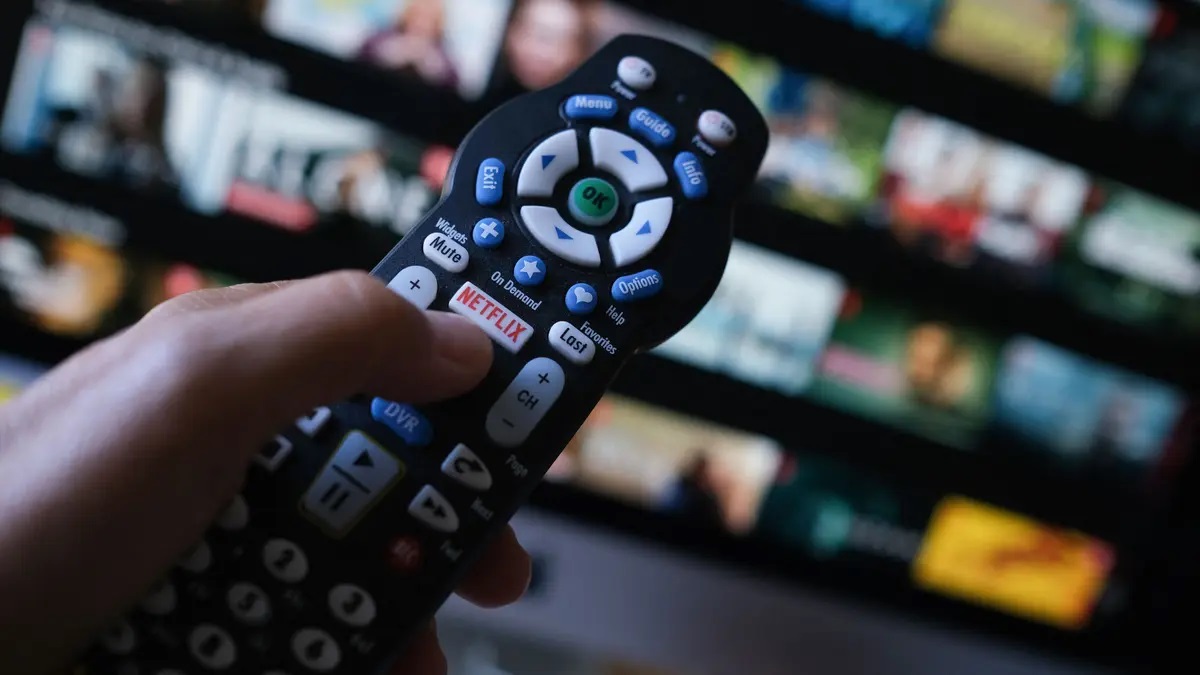
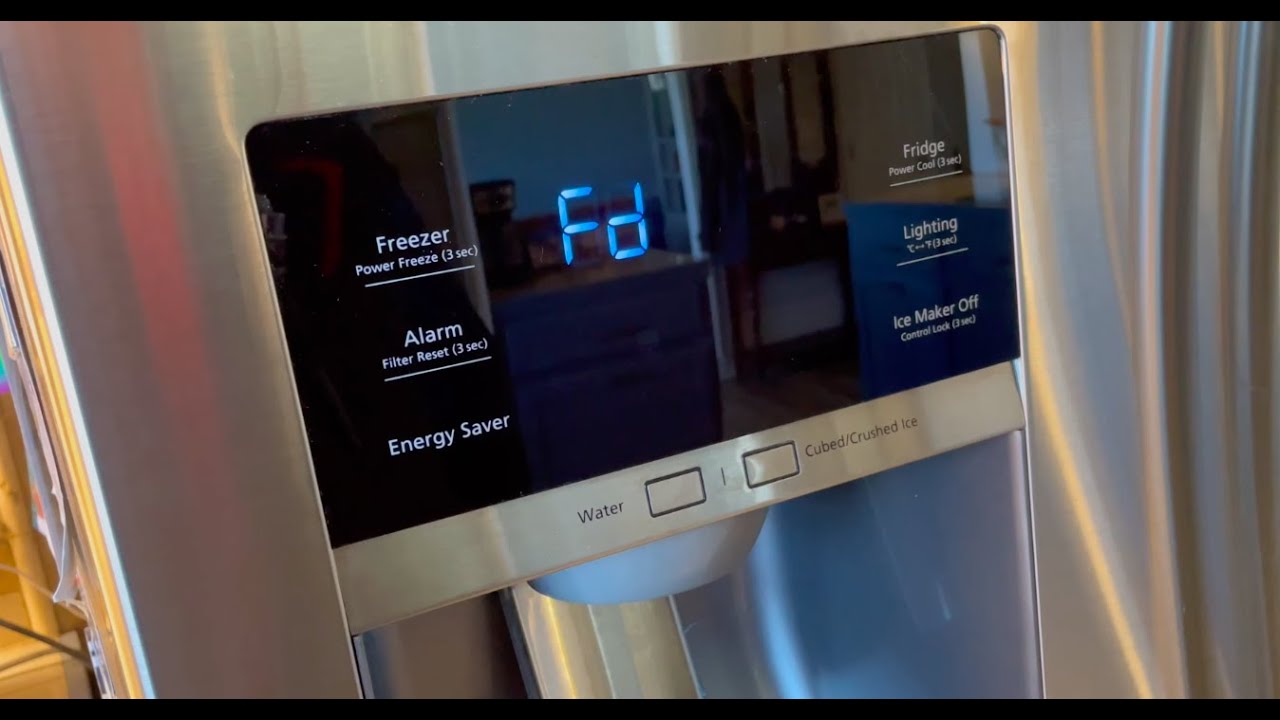
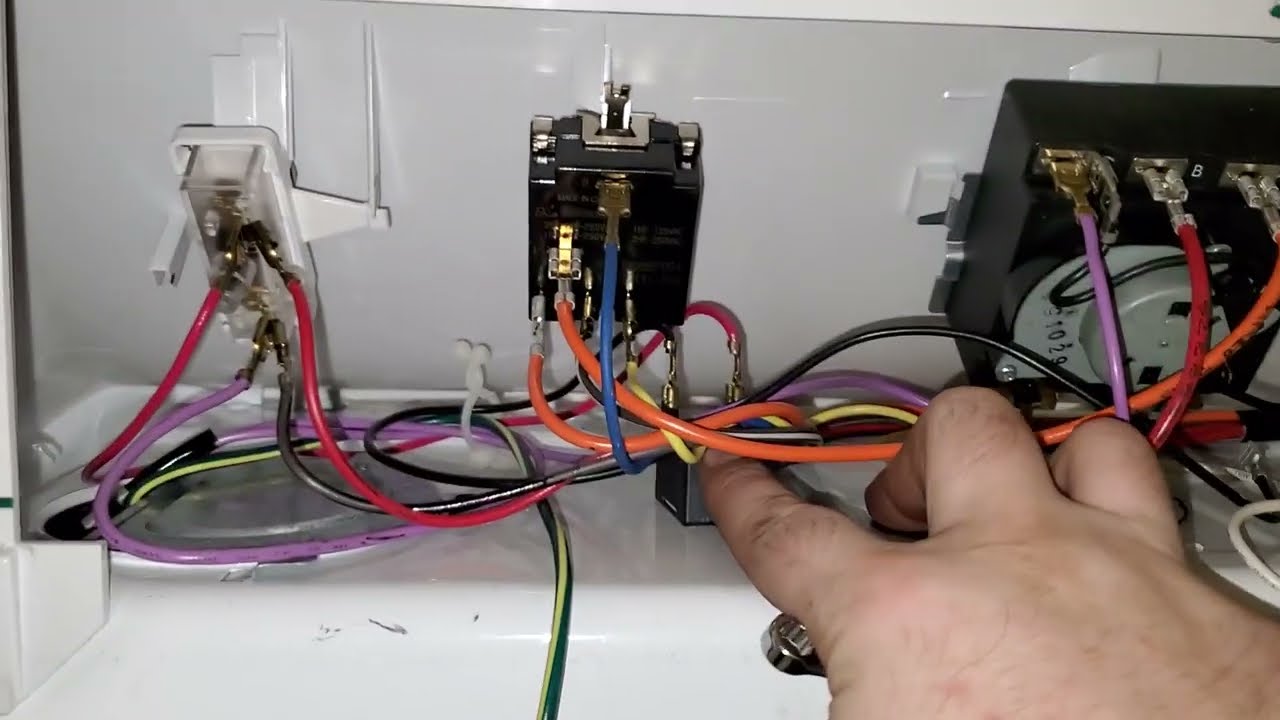
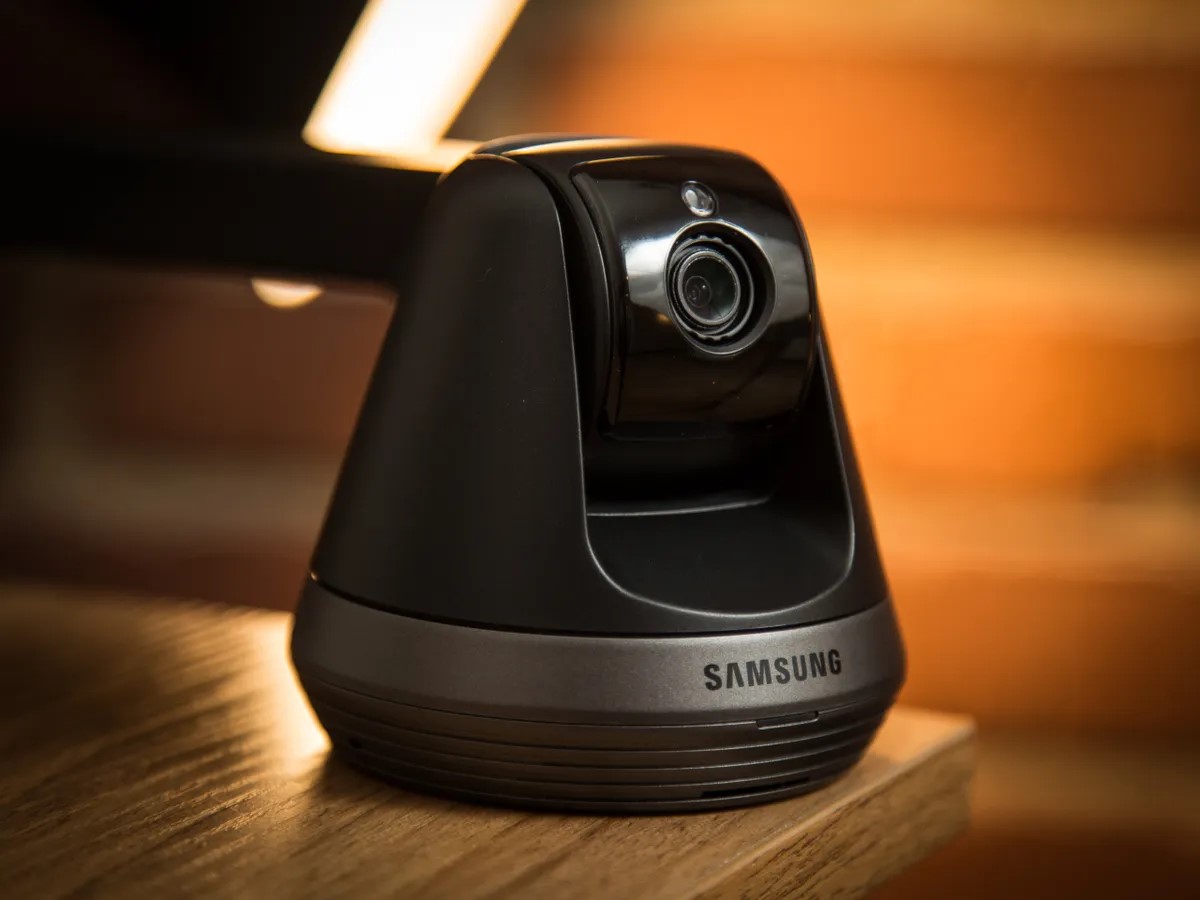
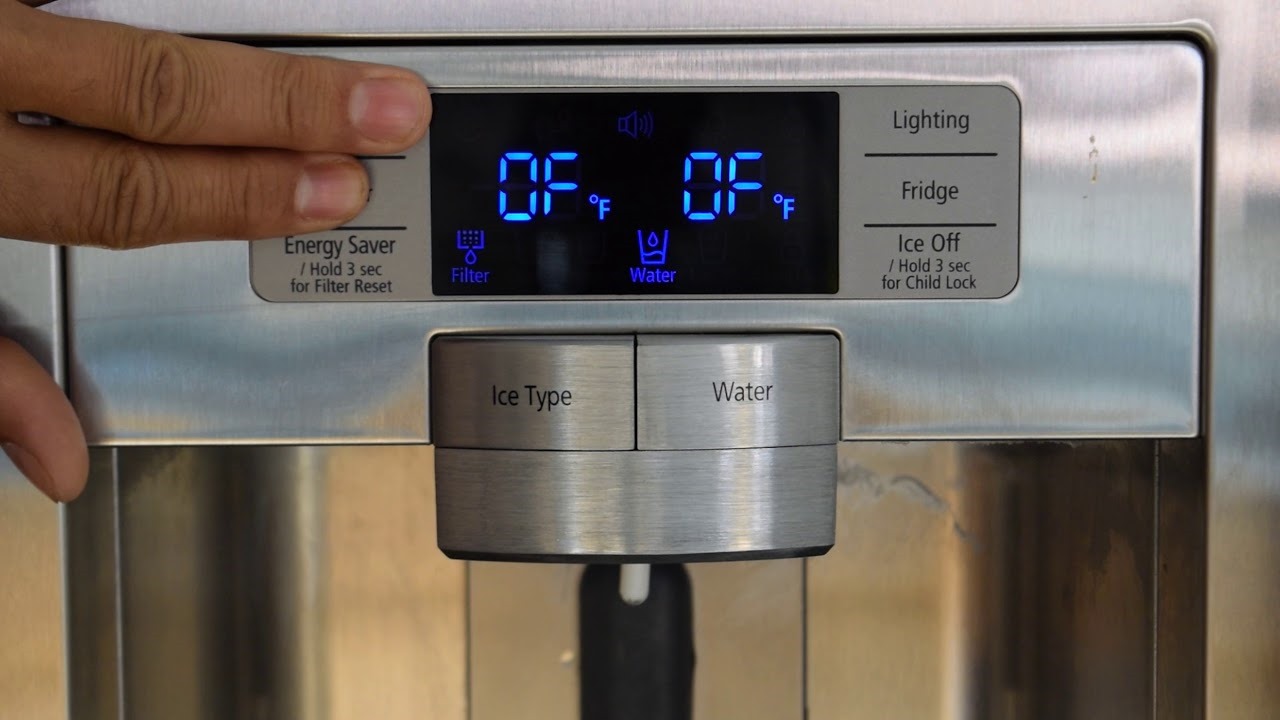
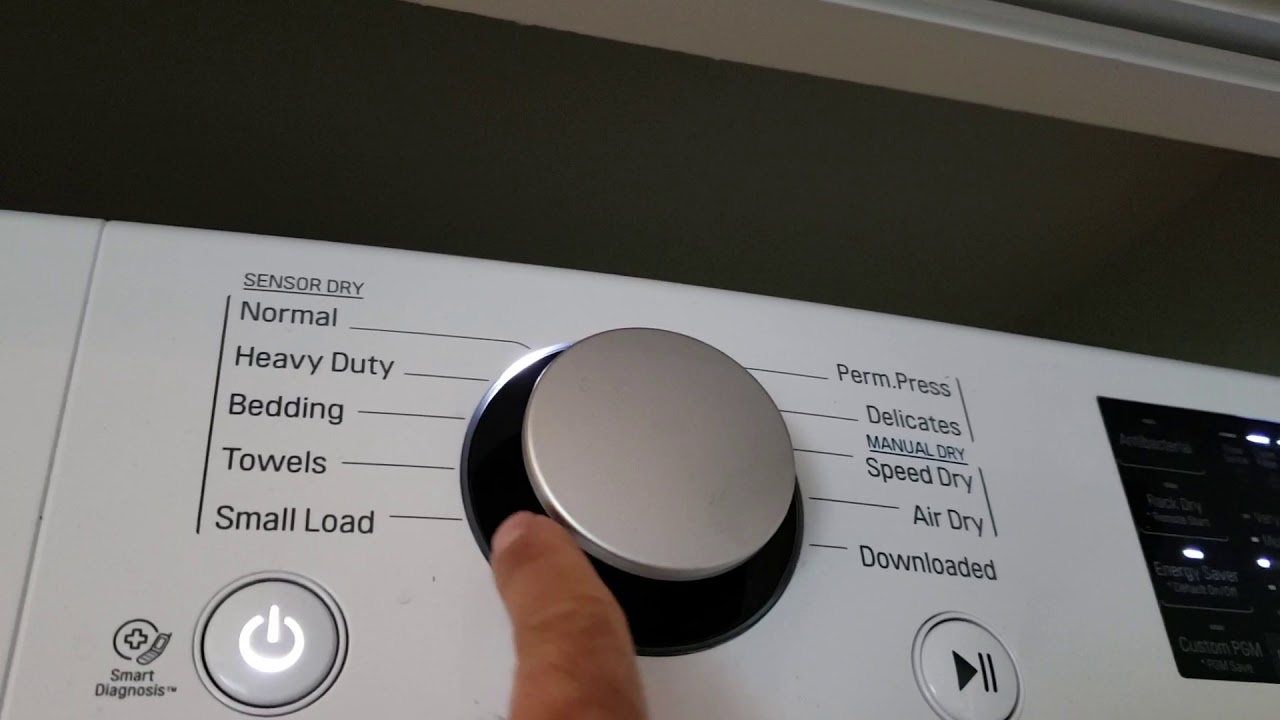
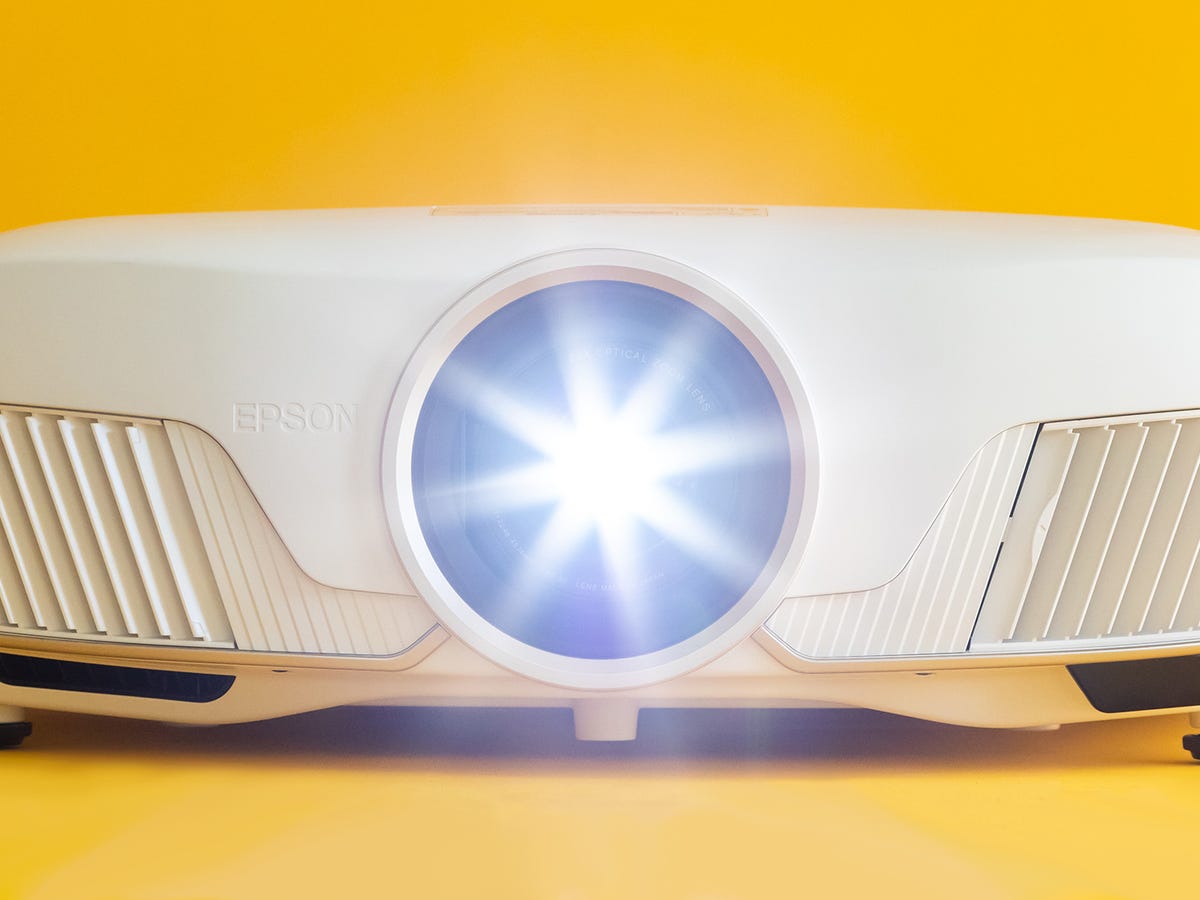
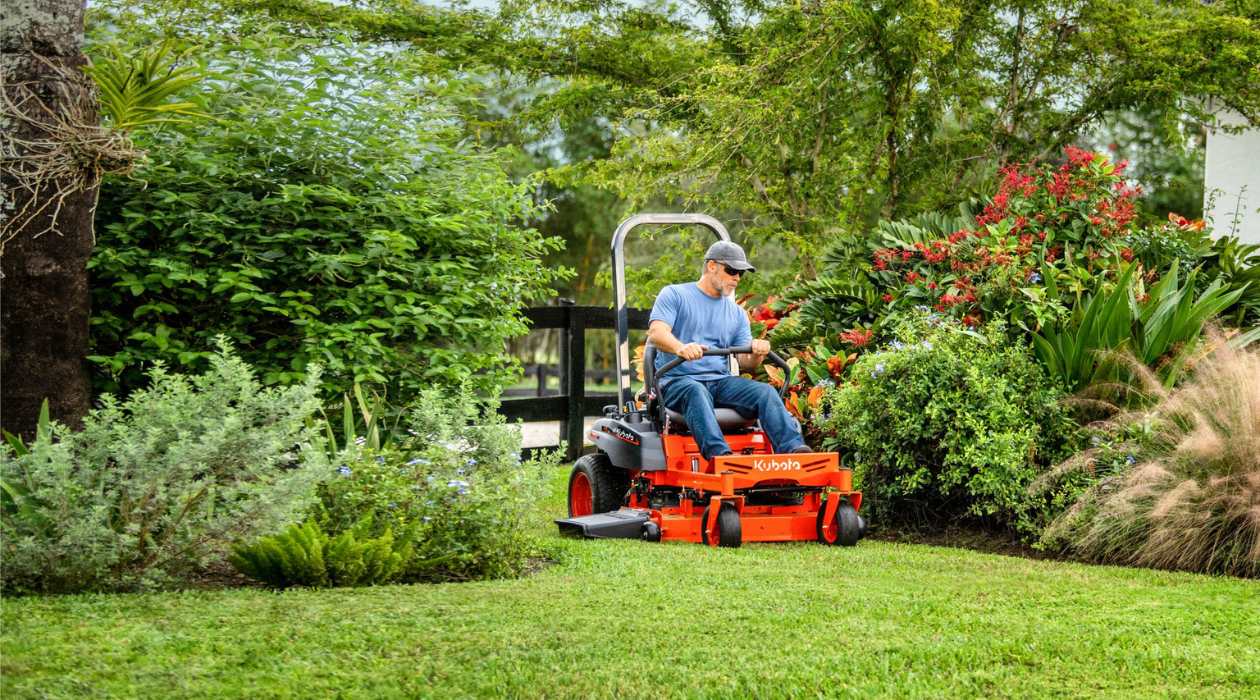
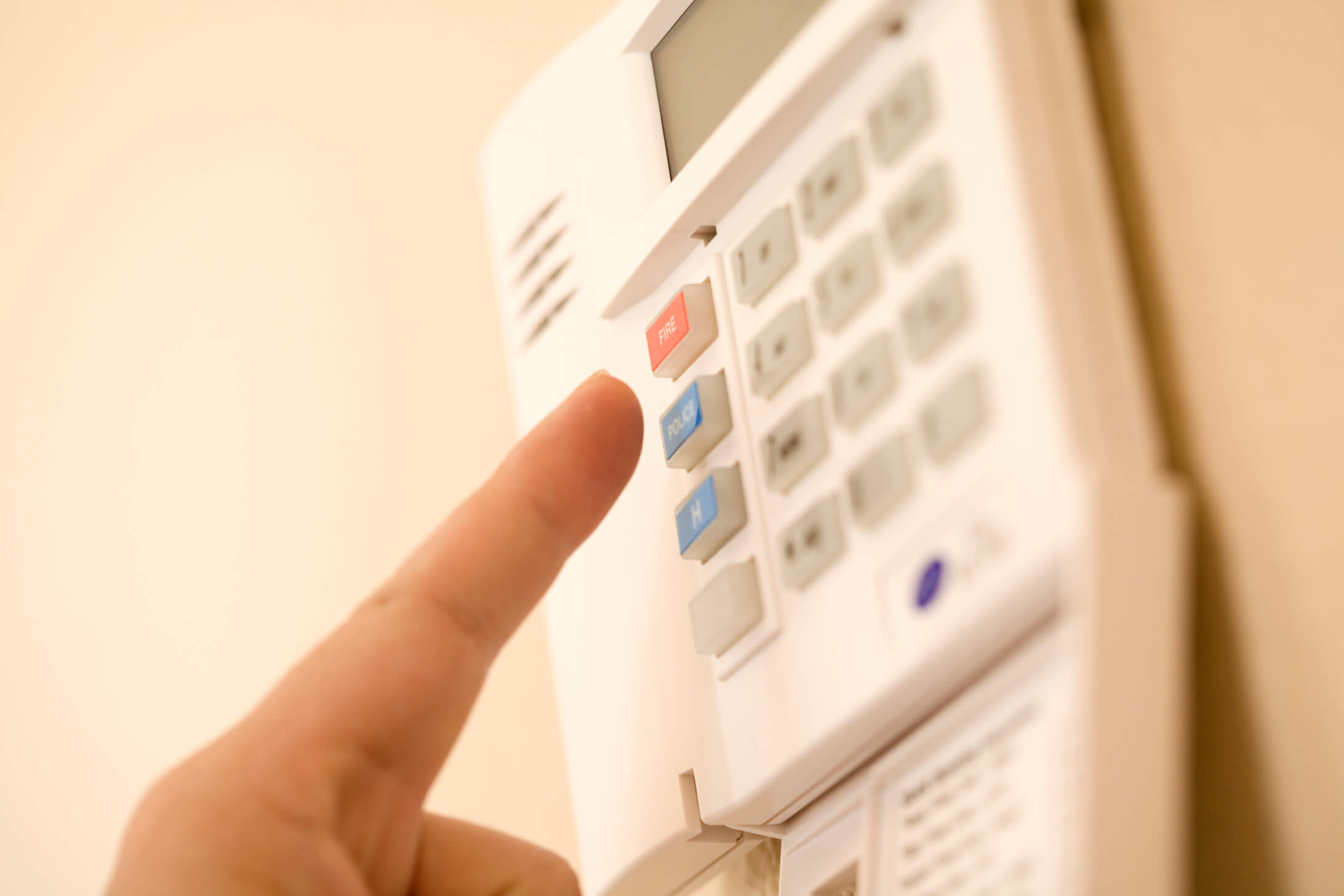
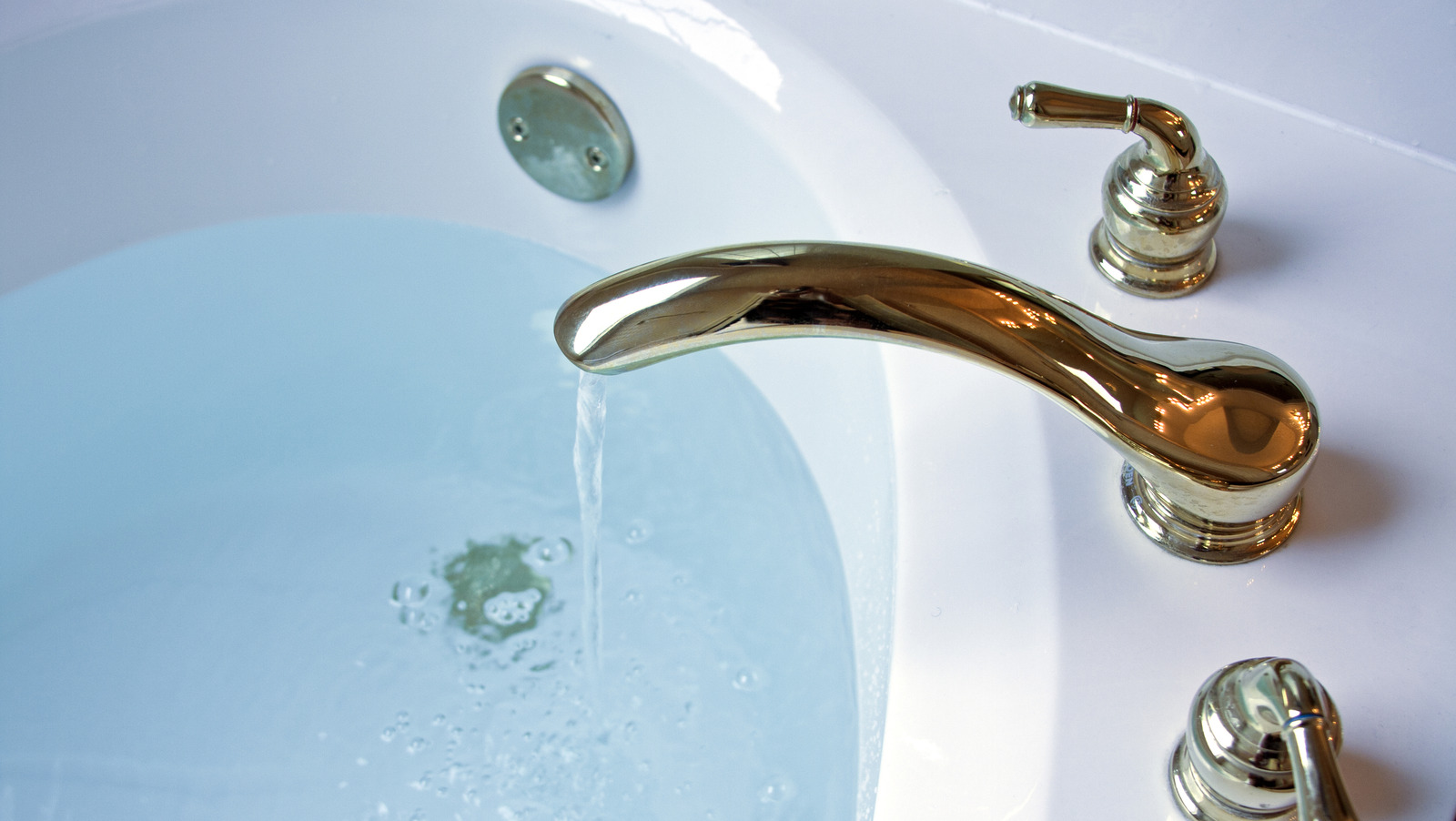
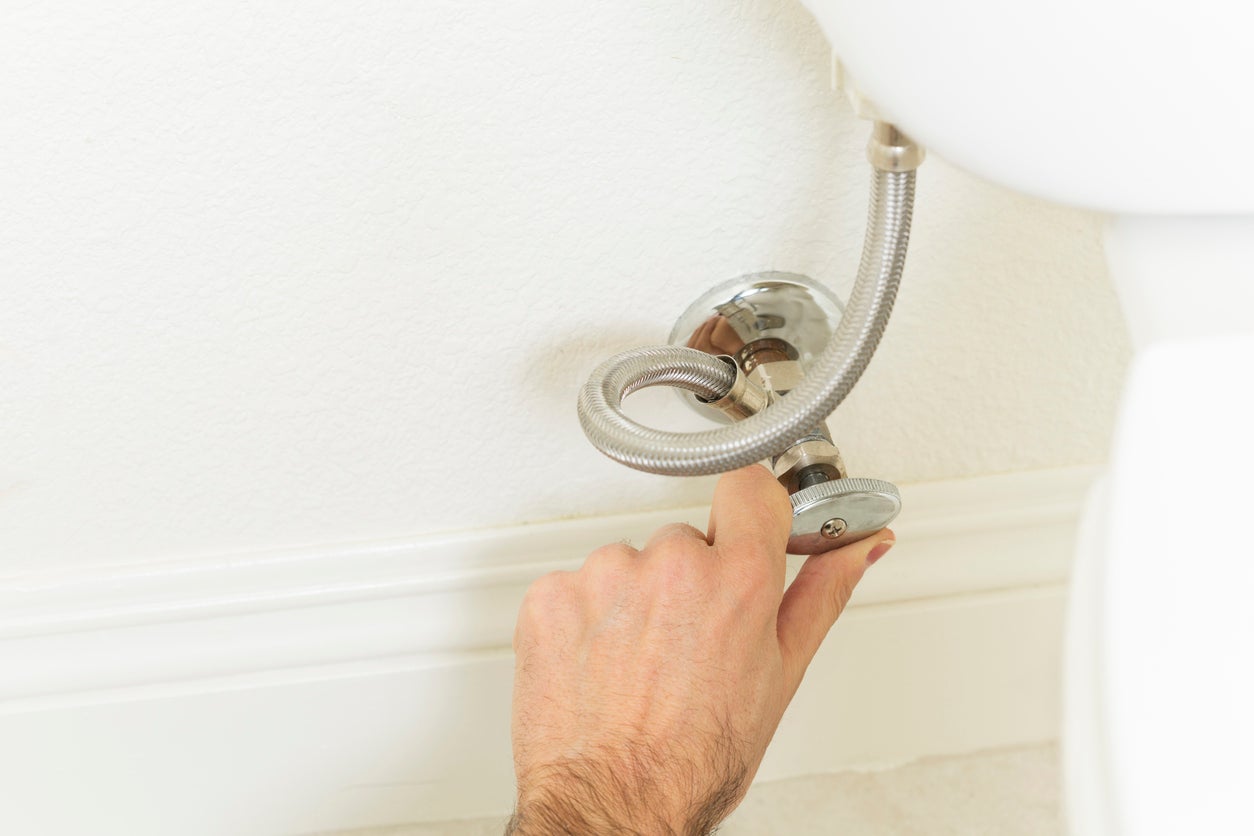
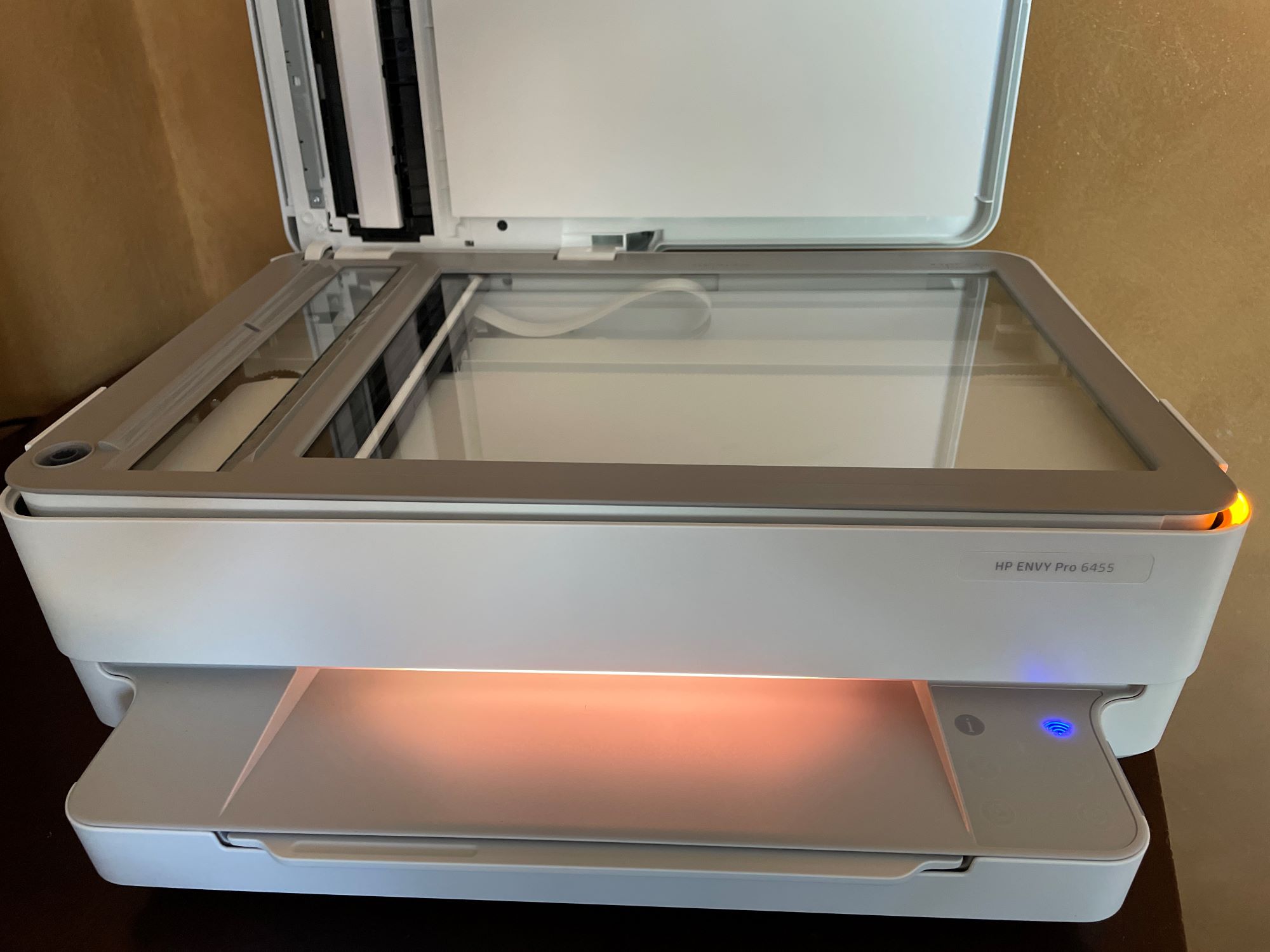
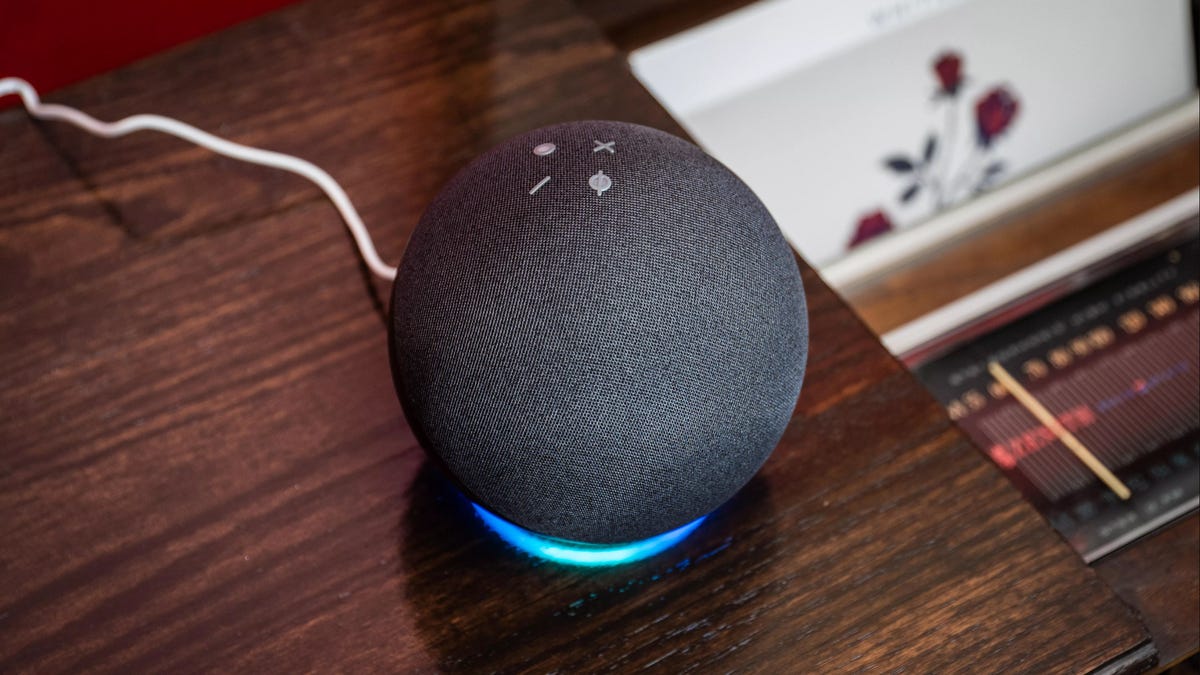
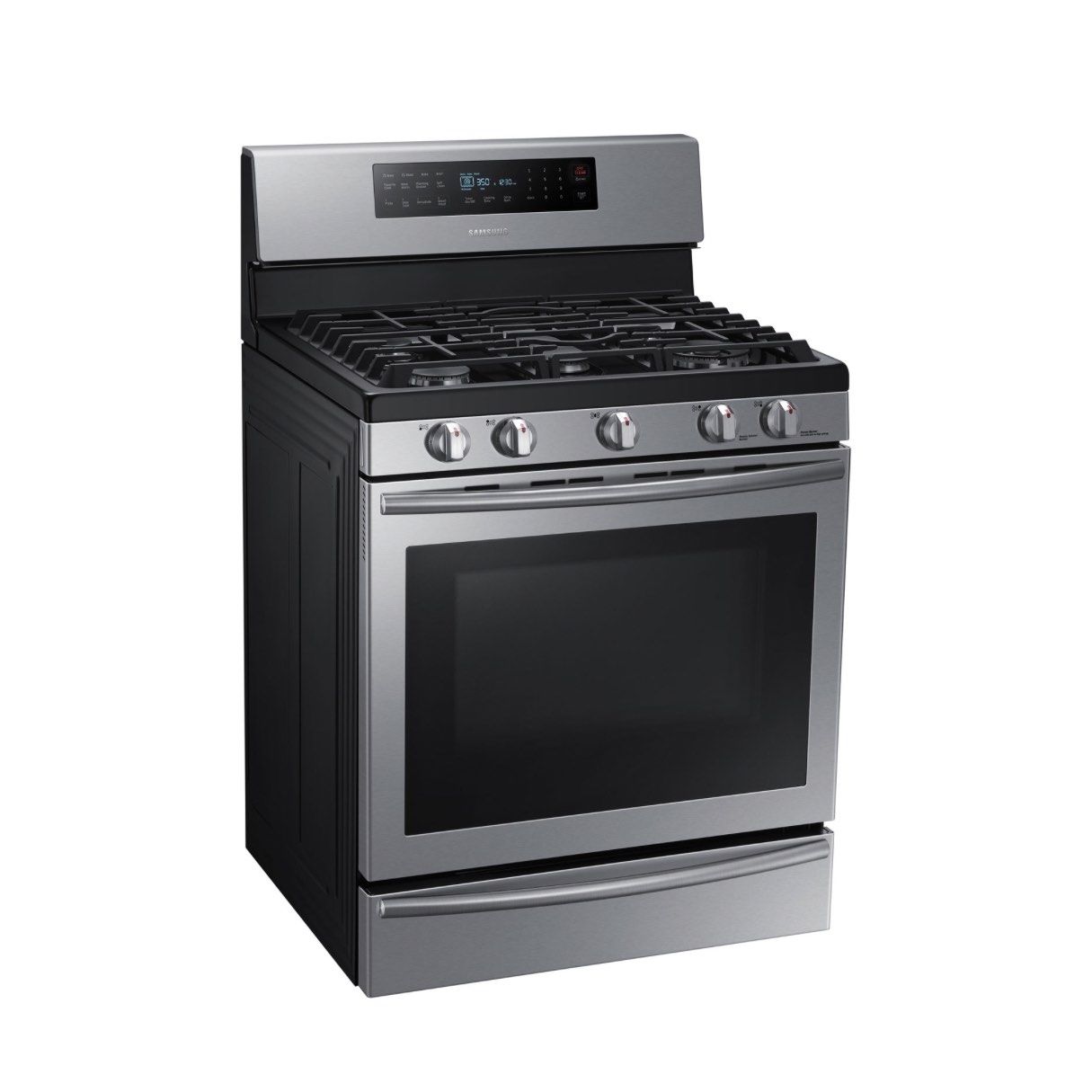

0 thoughts on “How To Turn Off Moisture Sensor On Samsung Dryer”